An aquamanile in the form of Aristotle and Phyllis :
In the Metropolitan Museum of Art, NY, there is a bronze aquamanile, or water jug, dating from late 14th or early 15th Century AD.
The aquamanile depicts a woman riding an older man, with the old man on all his fours and the woman sitting on his back. With her right hand, she is grabbing a lock of hair on the old man’s head.
The woman in the sculpture is identified as Phyllis, and the old man is none other than the great Greek philosopher Aristotle. But how did Aristotle, one of the greatest thinkers of Classical antiquity, end up dominated and ridden like a horse?
According to this little-known tale, one of Aristotle’s favorite pupil, Alexander the Great, was smitten by a beautiful young woman named Phyllis. Aristotle, concerned that Alexander’s love for Phyllis was distracting him from his kingly duties, cautioned him and advised him to spend less time with the woman. In some versions of the story, Phyllis is the mistress of Alexander’s father, while in others she is Alexander’s lover.
Phyllis was hurt when Alexander began to shun her and became upset at Aristotle when she heard that it was the old man who had encouraged Alexander to do so. To exact revenge, Phyllis started flirting with Aristotle beguiling the old philosopher with her beauty. At last, unable to suppress his carnal desire, Aristotle begged Phyllis to spend a night together, to which Phyllis responded, “Certainly, but on one condition.”.
Phyllis demanded that Aristotle put on a saddle and bridle, and carry her around the garden like a horse. Meanwhile, Phyllis secretly told Alexander to be on a lookout over the garden. When Alexander saw his dignified old tutor crawling over the palace grounds with a bit in his mouth and Phyllis on his back brandishing a whip, he was shocked. He confronted his teacher, who sheepishly excused himself saying: “If thus it happened to me, an old man most wise, that I was deceived by a woman, you can see that I taught you well, that it could happen to you, a young man.”


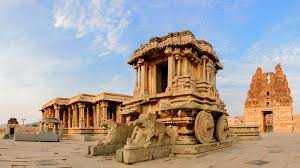


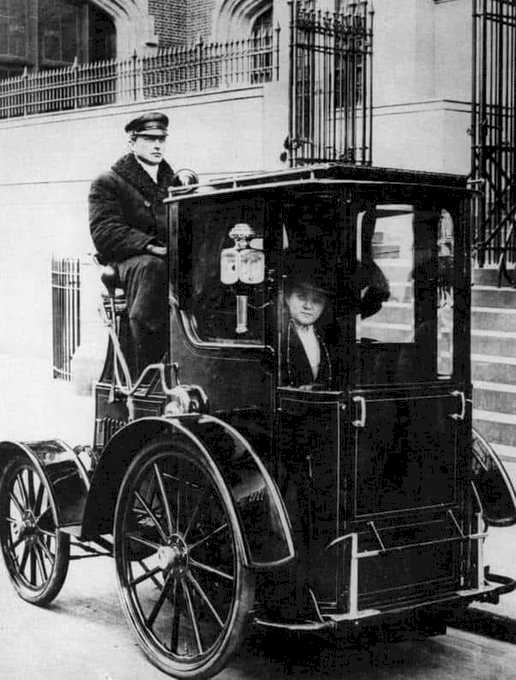




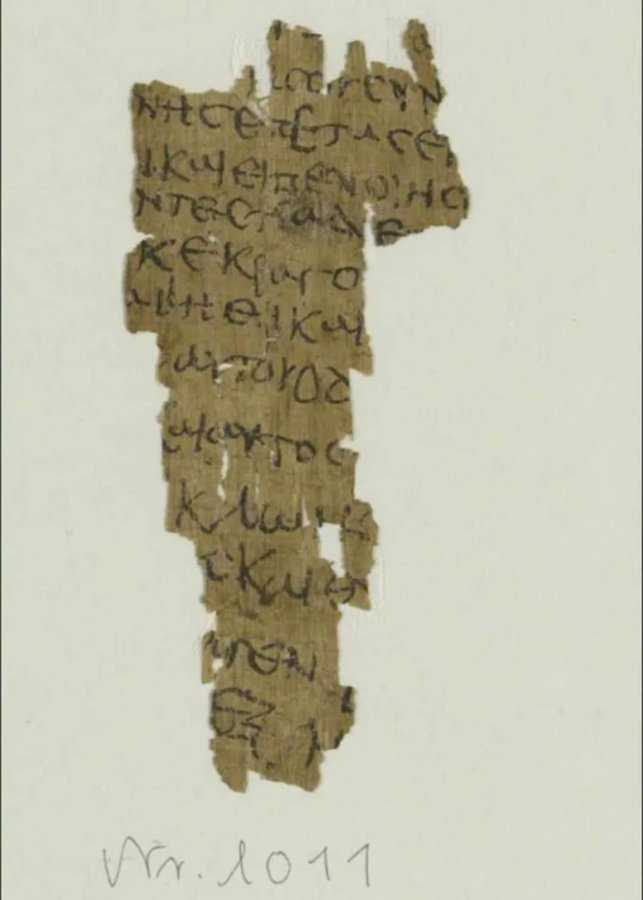
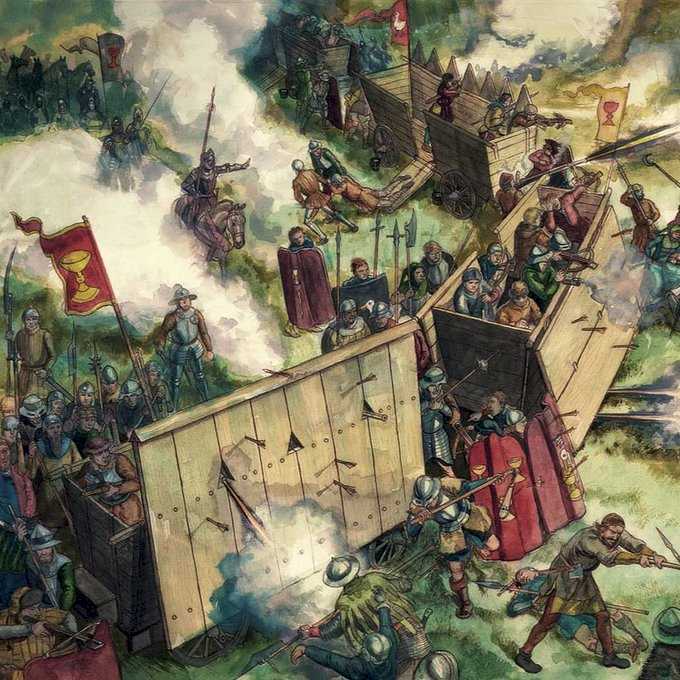

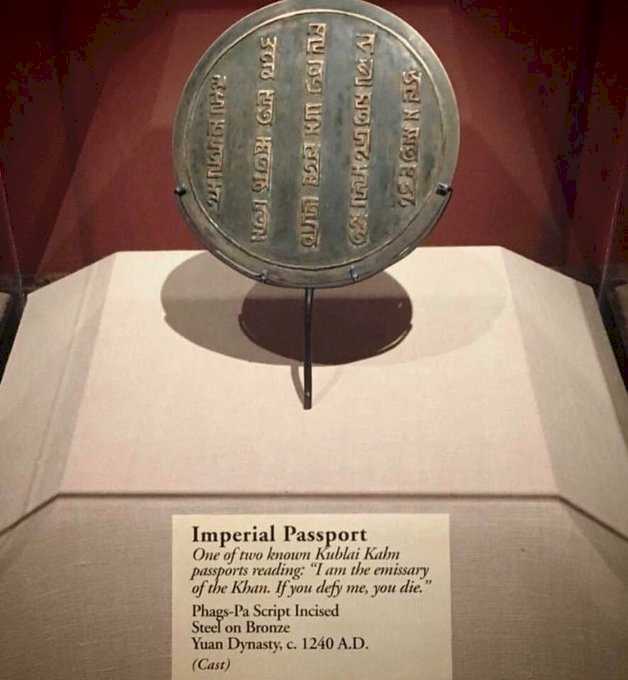



archaeology Histories on Umojja.com